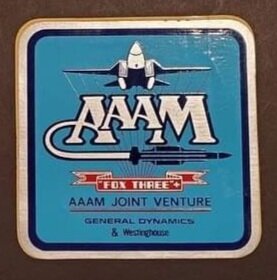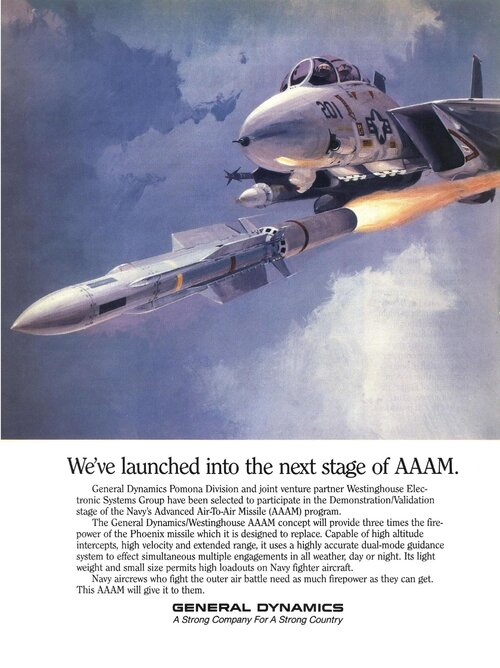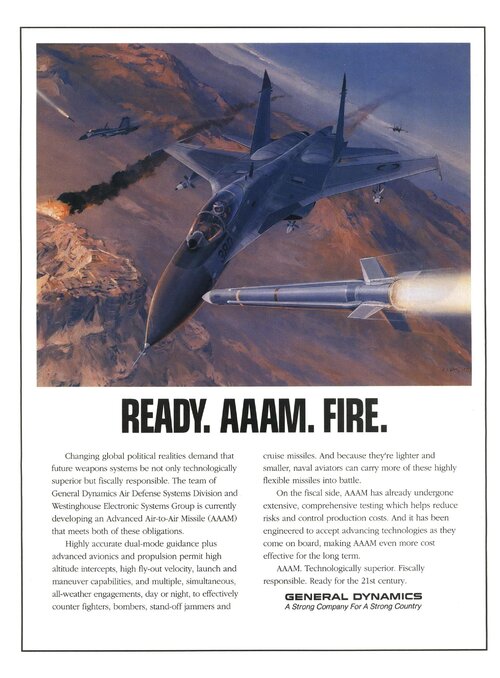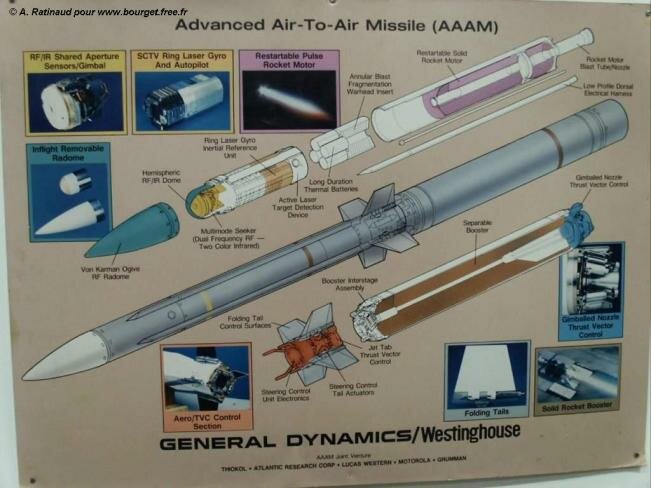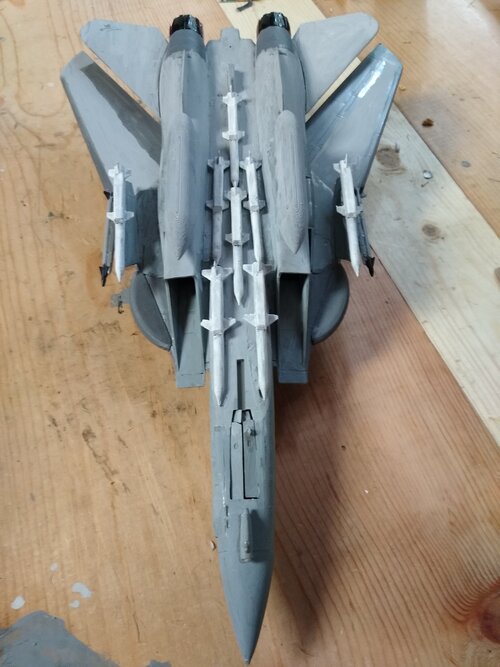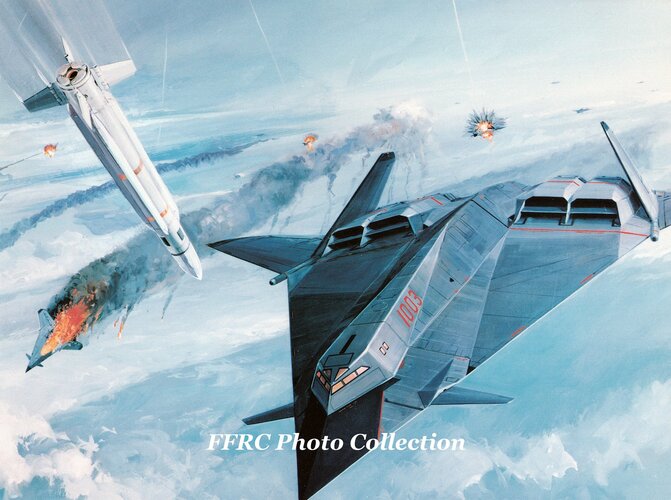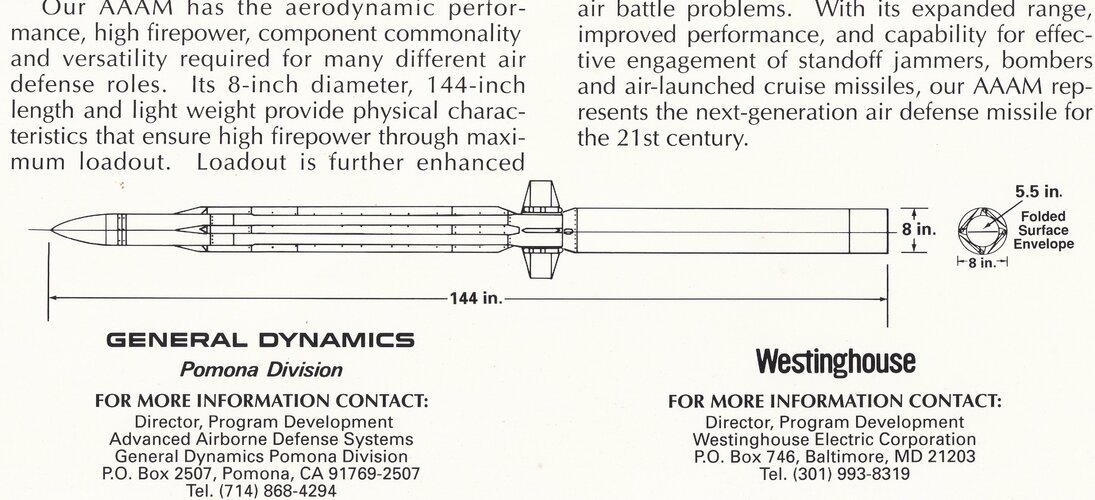Also given the AIM-152's role in the event of WWIII destruction of the Soviet bomber wasn't necessary if it results in a mission-kill.
This is also true. It's rather unlikely the Backfires would have a base to return to, after all.
I'm not convinced. One thing we're learning from the war in Ukraine is that the threshold for use of tactical nuclear weapons is rather high, even when only one side is willing or able to use them. It might have been possible to fight a conventional WW3 after all.
Well, Ukraine isn't 1980's Germany. It's two decayed post-Soviet armies fighting over Khrushchev's legacy in a medium intensity conflict.
Besides that, it may yet still be escalating to nuclear combat anyway, just doing so in slow motion. That was one of the fears of the Red Army in the 1980's: a limited proxy war between the superpowers escalating out of control because one side or the other refused to accept anything less than total victory.
Anyway, a "conventional WW3" might be how NATO would have wanted it, but the Red Army would escalate to immediate nuclear use, at least in the latter half of the Cold War. The entire attack plan for the GSFG on land demanded immediate nuclear use against the enemy to attain the initiative and sustain the offensive to the Rhine at least, if not the Channel, and the only way to achieve that rapidity of attack was by nuclear weapons to disrupt establishment of defensive lines and movement of enemy troop formations.
It would have been restrained to tactical and operational weapons, though. I think hitting Murmansk's Backfire bases qualifies as an operational use of nuclear weapons, not a strategic one, even if it's in the Soviet metropole. Moscow and London would be safe, but Murmansk, Reykjavik, and Ramstein might not be.
Any "WW3" in the Cold War would have immediately and instantly nuclear either way, at least tactically speaking. Had NATO attacked, the Soviets would have gone nuclear. Had the Soviets attacked, then NATO would have been nuked, and likely responded similarly. The Red Army's plan hinged on the deterrent effects of the SSBN bastions, SS-20s, and deep reserve missile silos of SS-18s, to keep NATO/America from responding with strategic bombardment, and thus limiting themselves to tactical and operational use of weapons.
The supercarriers directly threatened the bastions, one of the three main legs of the Soviet missile forces, by providing air cover to intruding US and British nuclear submarines. The proper response would be nuclear armed Backfires to disrupt the battlegroup air defenses and hit the HVU/carrier.
Mission killing the Backfire would be sort of important, but the Backfire would be carrying nuclear weapons anyway primarily to be detonated, AIUI, some distance away from the battlegroup's inner defense zone and create an artificial radar horizon. The ionization clouds of nuclear explosions would create a "wall" of radar blackout and reduce the available time the escorting cruisers had to fire on incoming anti-ship missiles, which would allow more to penetrate through the missile screen and hit the carrier. The anti-ship missiles would be conventional because the atomic warheads for the Kh-22s were expensive or something.
I'm not sure the US Navy would let nuclear missile attacks on its battlegroups go without a equal riposte, which would probably be some "proportionate" thing, like using nuclear Tomahawks on the Backfires' launching base or something.
While it's possible a conventional WW3 would occur, at least initially, the Soviets never planned for it. Even contemporary Western literature discusses these main assumptions, either in Brassey's Amphibious Operations or Modern Sea Power, I forget which, but nearly all Soviet "major" operational exercises assumed nuclear weapon use.
Conventional weapons were viewed as being retained primarily for small, limited, periphery wars like Afghanistan or Vietnam, where capturing territory and populations requires more surgical means, because the stakes were not high enough to justify nuclear use, or because the forces in place were not sufficiently concentrated or powerful or mobile enough to do so.
The Central Front of NATO certainly qualified as a nuclear combat zone in that vein, as did Transcaucasia and the Norwegian Sea, although I'm not sure either side would be wanting to attack anything more than the frontlines with nuclear weapons. Few people would cry about an armored company or a destroyer getting nuked compared to, say, Rostov or Detroit, so there's relatively little risk of strategic escalation unless America or Europe decided they wanted to go all in over West Germany. Then again people have done dumber stuff before so who knows.
All I know is that the Soviets more or less planned to start throwing nukes from the start to disrupt/suppress frontline defenses and allow their operational maneuver groups to penetrate the frontlines. Nuclear weapons would also be used for flanks protection/obstacle creation and destruction of major enemy concentrations. Since the Soviets didn't have an assault breaker and were also supposed to attack, because Barbarossa can never be allowed to happen again, it was really the only practical move.
Perhaps if the USSR had continued existing to the present day, I think a conventional arms/PGM-based force would be viable for tactical-operational combat, at least in industrial production terms. Imagine a Soviet Union with about 1,000 Ka-52s, instead of Russia with about 100 or so, but that was still far in the future in the 1980's. The USSR could very well have also decided PGMs weren't worth it, and continued with tactical nukes as well, since they are still more effective per unit of time, thus giving Soviet formations higher tempo on the ground.
tl;dr Nukes let ground troops drive fast over radioactive ashes of their enemies. Tit for tat means both sides would be trading nukes against military targets, trying to gain an advantage in a rapidly changing (a few hours or days) environment, and holding each other's cities hostage, probably until Germany cried uncle and just surrendered. I guess a fat escalation could work, but that wasn't something America practiced at the time AFAIK, that was more the Soviet wheelhouse. Something like a surprise NATO attack would be met by a fat escalation of nuking London or New York or something equally big and scary.
OTOH trading a atomized tank brigade or division, an almost certainty in Soviet war plans in the 1980's, for a Backfire base or something seems a reasonable and not particularly dramatic response, at least provided the SSBNs aren't actively hunted or something. That's to be expected, although that carrier battlegroup might get shotgunned by an SS-18 or something, which was wargamed at least twice by US planners. If you started hitting the strategic deterrent of SSBNs, SS-20s, or Dombarovsky's missile fields, though, is when the Soviets would launch everything.
Nuclear wars aren't necessarily total anymore than conventional wars are, based on a sample size of one, but there's no particular reason to believe that nuclear combat would require a total/general nuclear war out of hand. It's entirely possible for a WW3 to be fought as a regional nuclear war concentrated in Northern-Central Europe between the proxy states/vassals of the superpowers.
My impression is that any WW3 would have been over in a few days or weeks with a negotiated settlement between the superpowers and the battered and bruised Central European plain being rebuilt in most likelihood. Neither the USA nor USSR would necessarily be willing to die over Germany and the USSR didn't plan to go strategic from the outset, as it would be wanting to capture Germany and push America and NATO out, not demolish it outright. I also don't think NATO had any significant offensive plans against the USSR after the 1950's, as America never particularly had much of a backbone for "Pearl Harbor"-type surprise attacks, but those would probably still be classified if they'd existed. Maybe the UK or Germany did who knows.

